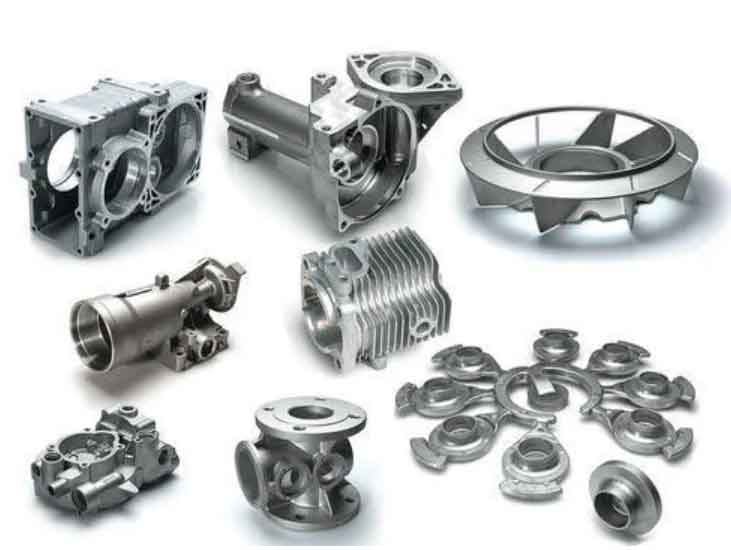
Grey cast iron is a type of cast iron with a specific microstructure and a combination of properties that make it distinct from other cast iron alloys. Understanding the microstructure and properties of grey cast iron is essential for designing and utilizing this material effectively in various industrial applications. Let’s delve into the key aspects of grey cast iron’s microstructure and properties:
1. Microstructure:
The microstructure of grey cast iron is characterized by the presence of graphite flakes embedded in a matrix of ferrite and pearlite. This unique microstructure gives grey cast iron its distinctive gray appearance when the material is fractured. The graphite flakes form during solidification, and their size and shape influence the properties of the alloy.
2. Graphite Formation:
The formation of graphite in grey cast iron occurs due to the presence of silicon in the alloy. Silicon promotes the formation of graphite instead of cementite (iron carbide) during the cooling and solidification process. The shape and distribution of graphite flakes impact the mechanical properties of the material.
3. Matrix Composition:
The matrix of grey cast iron consists of ferrite and pearlite. Ferrite is a soft and ductile phase, while pearlite is a hard and brittle phase. The proportion of ferrite and pearlite in the matrix affects the mechanical properties of the material, particularly its hardness and strength.
4. Properties of Grey Cast Iron:
Grey cast iron exhibits a combination of properties that make it suitable for various industrial applications:
- High Wear Resistance: The presence of graphite flakes provides excellent lubrication, resulting in high wear resistance in applications subject to abrasive wear.
- Good Machinability: The presence of graphite flakes in the microstructure allows for improved chip formation during machining, making grey cast iron relatively easy to machine.
- Damping Capacity: The graphite flakes contribute to the high damping capacity of grey cast iron, making it effective in reducing vibrations and noise.
- Low Melting Point: Grey cast iron has a lower melting point compared to some other metals, making it suitable for casting processes that involve lower temperatures.
- Thermal Conductivity: Grey cast iron exhibits good thermal conductivity, allowing it to dissipate heat efficiently.
- Cost-Effectiveness: Grey cast iron is cost-effective, making it an attractive choice for applications that require a balance of performance and affordability.
5. Influence of Alloying Elements:
The properties of grey cast iron can be further modified by the addition of alloying elements such as nickel, chromium, molybdenum, or copper. These elements can affect the microstructure and properties of the material, offering opportunities for tailoring the alloy to specific application requirements.
The microstructure of grey cast iron, characterized by graphite flakes in a ferrite-pearlite matrix, contributes to its unique combination of properties, including high wear resistance, good machinability, damping capacity, and cost-effectiveness. Understanding these microstructural features and properties is crucial for making informed decisions regarding the use of grey cast iron in a wide range of industrial applications.
